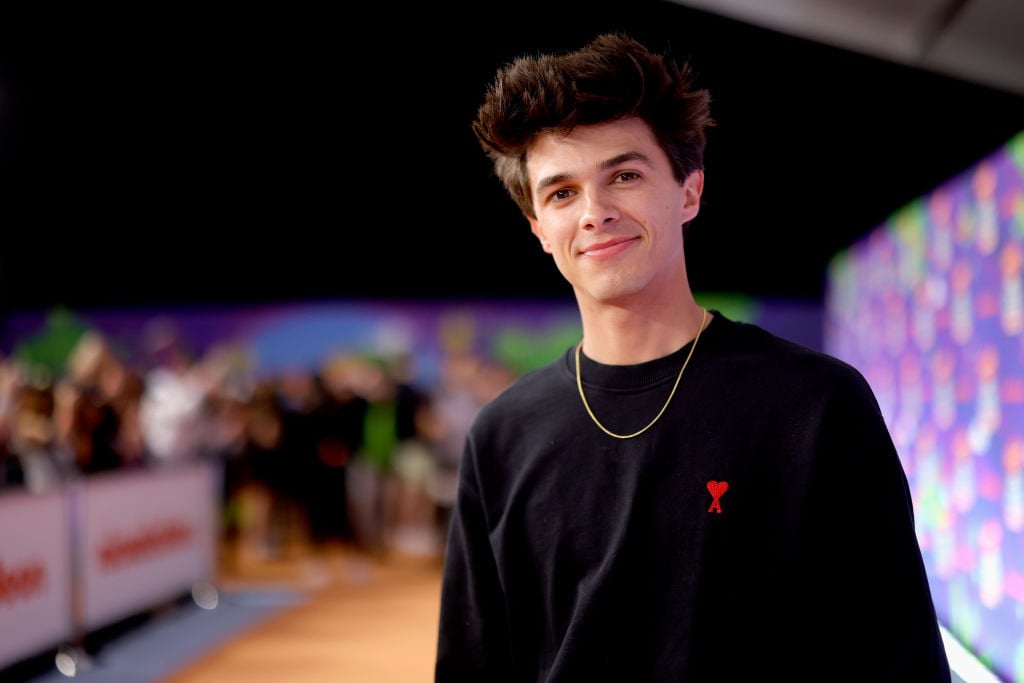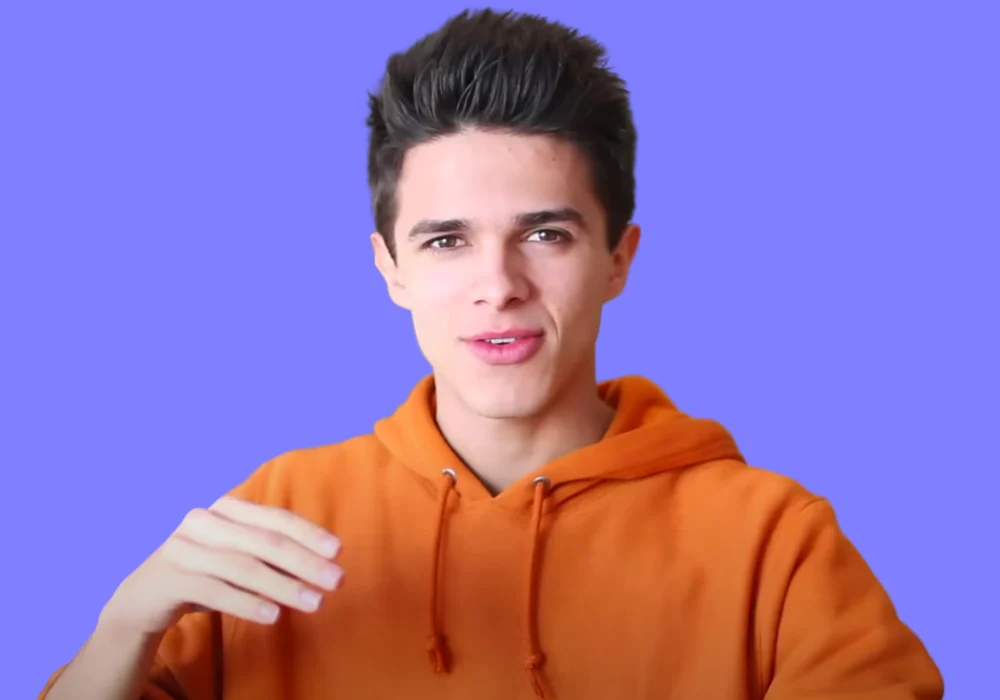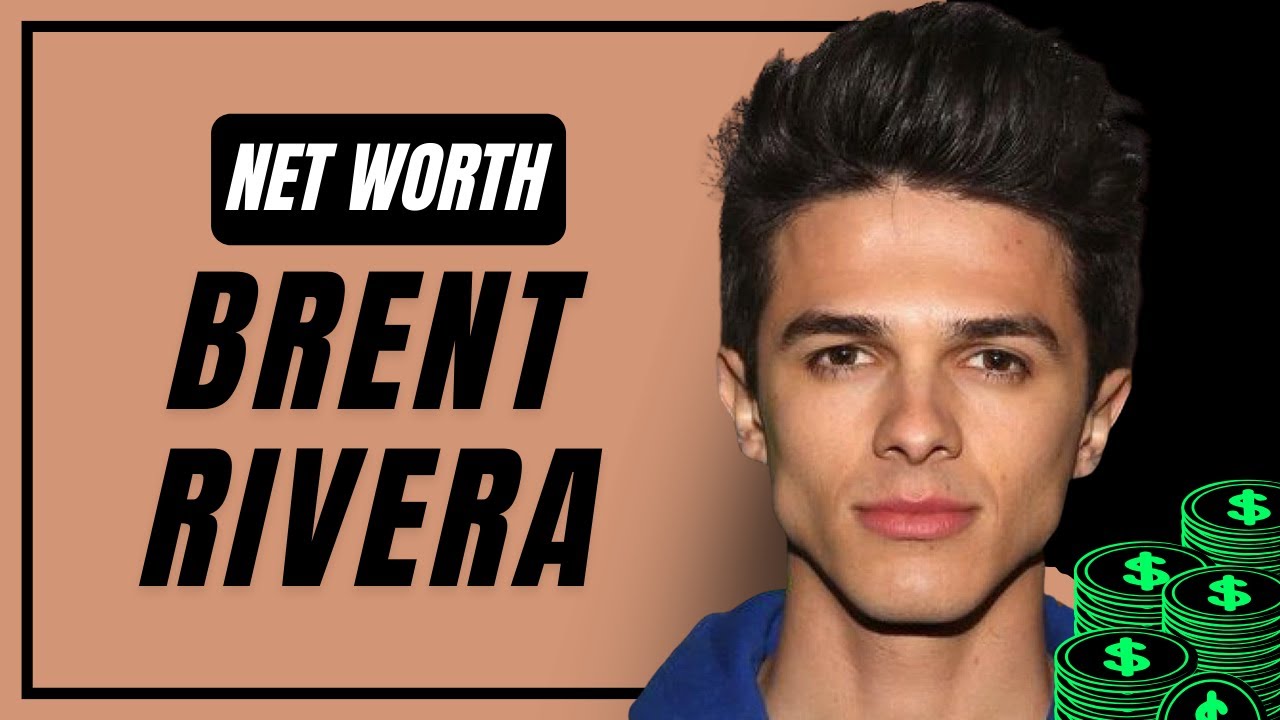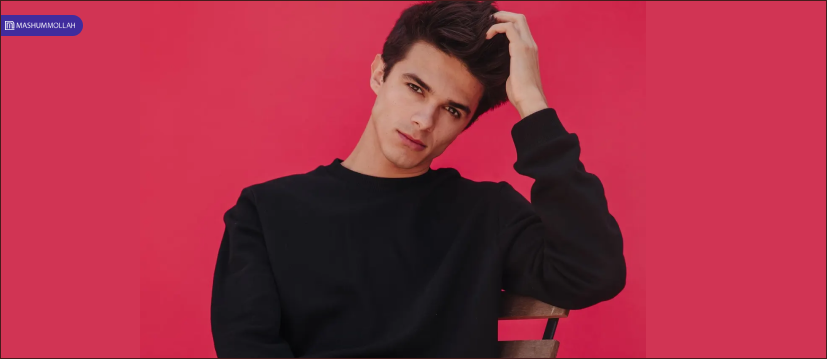Brent Rivera, widely known as a social media creator and actor, has quietly transformed his celebrity into a diversified business portfolio. This article analyzes the economics behind Brent Rivera: The Silent TikTok Mogul and His Multi-Million Dollar Businesses, exploring revenue streams, monetization strategies, business structures, and broader market forces that enable creators to build firms with multi-million-dollar valuations. Variations of the central theme — such as Brent Rivera, the Silent TikTok Mogul, Silent TikTok Mogul Brent Rivera, and Brent Rivera and his multi-million-dollar businesses — are used throughout to highlight different economic angles.
From Creator to Corporate Entity: The Business Transformation
At the heart of the transformation from influencer to entrepreneur is a repeatable economic playbook: convert attention into multiple revenue-bearing assets. In the case of Brent Rivera: The Silent TikTok Mogul and His Multi-Million Dollar Businesses, the playbook typically includes:
- Ad-supported content (platform ad revenue from YouTube, revenue-sharing on social platforms).
- Sponsored content and brand partnerships (campaigns with consumer brands, endorsements).
- E-commerce and merchandise (direct-to-consumer sales, limited drops).
- Media and acting income (traditional entertainment projects and licensing).
- Investments and equity stakes (startups, tech, real estate).
Each component has distinct margins, capital requirements, and scaling properties. A creator who consolidates these into formal businesses — for example, a production company, an apparel line, or an investment vehicle — can achieve durable revenue and greater valuation multiples.
Revenue Architecture: How the Silent TikTok Mogul Monetizes Attention
Ad Revenue and Platform Payments
Ad-supported income is a foundational stream for many digital creators. For a multi-platform creator like Brent, this includes:
- YouTube ad revenue: Paid through CPM (cost per mille) and RPM (revenue per mille) mechanisms. Typical creator CPMs vary widely by content vertical and audience, with effective CPMs often ranging from $2 to $20+ depending on geography, audience demographics, and seasonality.
- TikTok creator payments: Lower direct payouts than YouTube in many cases; additional monetization comes from TikToks creator fund, live gifts, and platform-native ad deals.
Brand Partnerships and Sponsorships
Sponsored content is frequently the highest-margin revenue source. Brands pay for access to engaged audiences. Typical sponsorship economics vary:
- Micro-influencer deals: hundreds to thousands of dollars per post.
- Macro-influencers and celebrities: tens of thousands to hundreds of thousands or more per campaign.
- Large integrated brand partnerships (series of posts, video integrations, IP licensing): can exceed seven figures for long-term deals.
Because creators like Brent often own the audience, they can negotiate premium rates, equity deals, and long-term collaboration agreements that mimic licensing arrangements in traditional media.
Estimating the Value: A Sample Economic Breakdown
The following table provides an illustrative estimated breakdown of annual revenue streams for a high-profile multi-platform creator operating diversified businesses. These are modeled figures that rely on industry averages and should be treated as hypothetical scenarios rather than factual claims about any individual.
| Revenue Stream | Assumed Inputs | Estimated Annual Range (USD) | Economic Notes |
|---|---|---|---|
| YouTube ad and partner revenue | High view counts, premium CPMs | $500,000 – $3,000,000 | Revenue shares, seasonality, content cadence |
| TikTok platform income & live gifts | Tens of millions of views across posts | $50,000 – $500,000 | Lower direct payouts, higher indirect brand value |
| Sponsored content & brand deals | Multiple campaigns per year | $1,000,000 – $5,000,000+ | Highly variable; includes long-term partnerships |
| Merchandise & e-commerce | Own store, collaborations | $200,000 – $2,000,000 | Gross margins typically 30–60% after COGS, depending on fulfillment |
| Acting / Media licensing | Film/TV appearances, licensing fees | $50,000 – $1,000,000 | Project-based, irregular |
| Investments & passive income | Startup stakes, real estate, equity | $0 – $2,000,000+ | Long-tailed returns, risk-dependent |
| Total Estimated Annual Revenue | Consolidated across streams | $1,800,000 – $13,500,000+ | Range reflects high variability and growth potential |
Important caveat: These figures are illustrative. Publicly reported earnings for many creators fluctuate widely year-to-year and depend on deal structure, representation, agency fees, and corporate overhead.
Cost Structure and Profitability Dynamics
Creating and scaling a multi-million-dollar creator business requires capital and recurring costs. Typical cost components include:
- Content production: Crew, equipment, locations, post-production.
- Distribution and marketing: Paid amplification, PR, cross-promotion.
- Merch operations: Manufacturing, fulfillment, returns.
- Personnel and talent: Managers, agents, legal, creative teams.
- Corporate overhead: Taxes, entity maintenance, insurance.
Profitability improves when creators move from one-off payments to recurring revenues and when they own the intellectual property (IP) that can be licensed. A creator-run production company that develops original series, produces merchandising, and licenses characters has the potential to capture higher margins than ad-only content producers.
Margins by Business Line (Generalized)
- YouTube ads: Net margins after production and split with talent/production 10–40% for creator-led operations.
- Brand deals: High gross margins (60–90%), but subject to agency fees and campaign costs.
- Merchandise: Gross margins typically 30–60%, net margins depend on scale and logistics.
- Licensing / media: Potentially very high margins if IP is owned; otherwise royalty splits reduce take.
Valuation Considerations for Creator Businesses
How does one value a creator-led business such as those associated with Brent Rivera: The Silent TikTok Mogul and His Multi-Million Dollar Businesses? Valuation often blends traditional metrics with media-specific multipliers:
- Revenue multiples: Media companies and niche e-commerce brands might sell at 1–5x revenue depending on growth and margins.
- EBITDA multiples: Stable, profitable creator companies could see 6–12x EBITDA or higher for strategic buyers.
- Audience and engagement metrics: Followers, engagement rate, demographic value, and cross-platform reach materially affect offers.
- Intellectual property: Owned shows, characters, and brands can command significant premiums.
Strategic acquirers (media conglomerates, CPG brands, or platform operators) may pay extra for direct access to an engaged audience and for IP that can be scaled into new formats. The transition from being “a creator” to being “a brand” is often what unlocks multi-million-dollar valuations.
Macro Trends That Amplify Creator Economics
A number of macroeconomic and industry trends make it feasible for creators to build sizable, diversified enterprises:
- Shifts in advertising spend: Brands increasingly allocate budgets to digital and influencer channels for better targeting and measurable ROI.
- Platform maturation: Platforms are adding creator monetization tools (subscriptions, tipping, e-commerce integrations).
- Direct-to-consumer (DTC) infrastructure: Third-party logistics, print-on-demand, and global payments simplify launching merch and products.
- International market expansion: Creators can monetize global audiences via localization, licensing, and multinational partnerships.
Market Size and Opportunity
The global influencer economy is valued in the multiple billions annually, with steady growth driven by brand demand and platform innovation. This macro tailwind supports higher valuations and recurring deal flow for creators who can demonstrate stable engagement and revenue diversification.
Risk Factors and Business Fragility
While the upside is significant, several risks can undermine a creator’s business prospects:
- Platform dependence: Algorithm changes or policy shifts can reduce reach and revenue quickly.
- Reputational risk: Public controversies can erode brand deals and audience trust.
- Market competition: Saturation in key verticals raises acquisition costs for followers and customers.
- Regulatory changes: Advertising, data privacy, and creator earnings reporting may require structural changes.
Prudent entrepreneurs mitigate these risks by diversifying channels, professionalizing operations, and building owned assets such as e-commerce platforms and IP libraries.
Operational Playbook: How a Silent TikTok Mogul Runs Businesses
Behind the scenes, the operation of a multi-million-dollar creator business typically involves:
- Structured teams: Production, creative development, sales (brand partnerships), and fulfillment.
- Legal and financial scaffolding: Separate corporate entities, contracts for influencers and collaborators, tax planning.
- Data-driven content strategy: Use of audience analytics to shape product launches and sponsorship pricing.
- Strategic partnerships: Distribution deals, label agreements, and collaborations with established brands.
For a creator aspiring to transition from individual fame to a sustainable enterprise, these components are essential to convert volatile fame into predictable cash flows.
Comparative Benchmarks: What Multi-Million Creator Businesses Look Like
Industry peers who followed similar trajectories offer useful benchmarks: creators who launched apparel lines, built production studios, or took equity in startups show how diversified income can reach multi-million-dollar annual revenues. Benchmarks focus on metrics such as lifetime customer value for merch, average sponsorship rate per follower, and churn for subscription-based offerings.
By positioning creators as both content producers and entrepreneurs, the modern digital economy enables individuals like Silent TikTok Mogul Brent Rivera to maximize monetization across platforms and build businesses that can attract traditional investors or strategic acquirers.
What Investors Look For
- Stable engagement: High, repeatable engagement is more valuable than raw follower counts.
- Recurring revenue streams: Subscriptions, memberships, or consistent product sales.
- Evidence of process: Systems that scale content production and product fulfillment.
- IP ownership: Demonstrable ownership of brands, shows, or characters.
When these elements align, a creator’s business can move from being a personal brand to an investable company with predictable returns, allowing it to be described legitimately as part of a portfolio of multi-million-dollar businesses.



